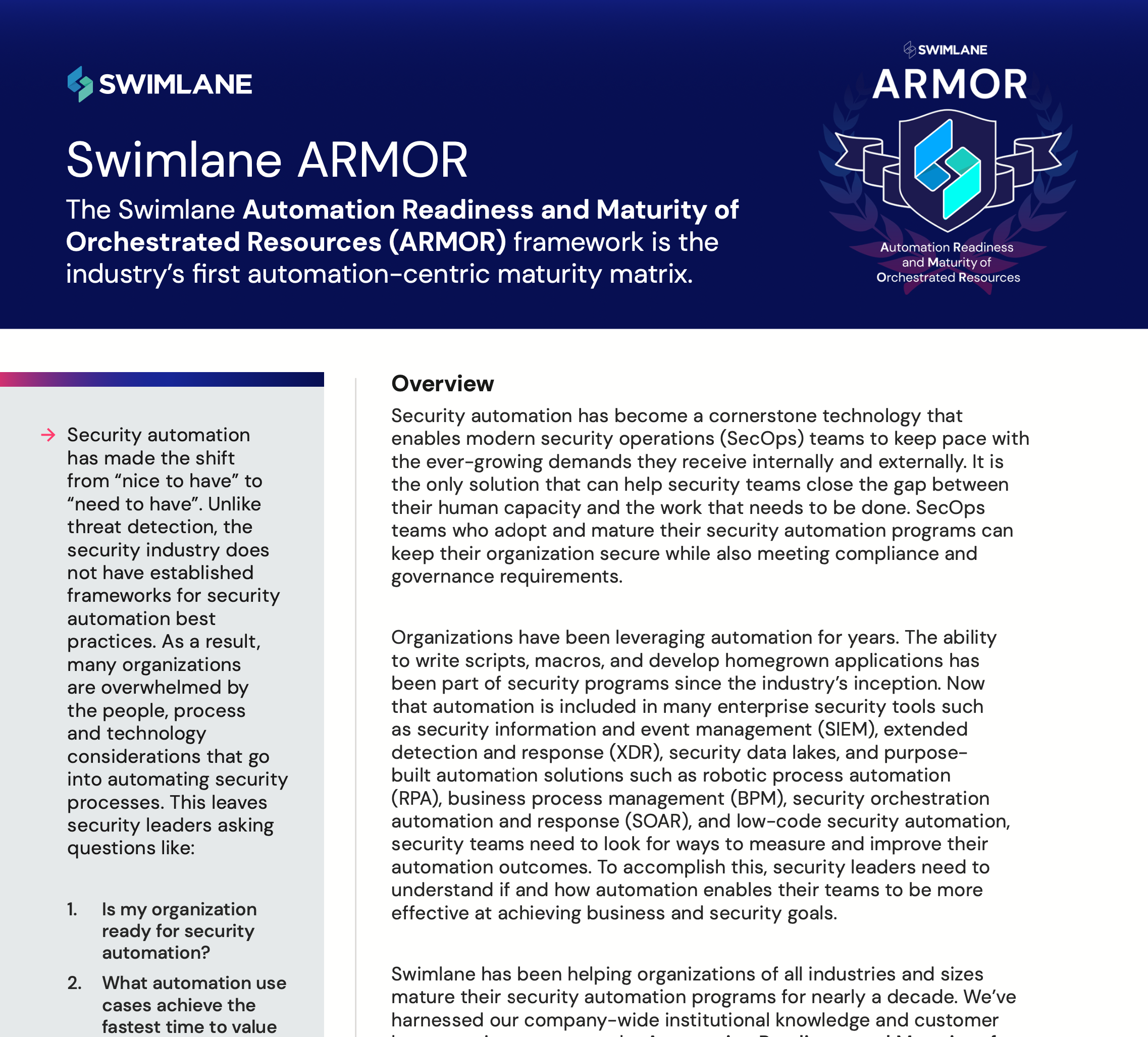As organizations increasingly move their infrastructure and applications to the cloud, it’s more important than ever to have a strong understanding of the security threats and vulnerabilities that come with this migration. The MITRE ATT&CK and D3FEND frameworks can be valuable tools for organizations looking to secure their cloud environments. In this article, we’ll explore the top 5 do’s and don’ts of leveraging these frameworks for cloud security.
Top 5 Do’s for Stronger Cloud Security
1. Understand the Shared Responsibility Model
Cloud security is a shared responsibility between the cloud provider and the customer. Organizations should understand their role in securing their cloud environment and leverage the MITRE frameworks to identify potential threats and vulnerabilities (AWS, 2021).
2. Map the ATT&CK Framework to Cloud Environments
To effectively use the ATT&CK framework, it’s essential to map it to your specific cloud environment. This allows organizations to identify which threats are most relevant to their cloud infrastructure and where to focus their defense efforts (NIST, 2020).
3. Use the ATT&CK Framework for Threat Hunting in Cloud Environments
The ATT&CK framework is also a valuable tool for threat hunting in cloud environments. By using the framework to identify potential attack techniques and indicators, security teams can detect and respond to attacks before they cause significant damage (Cloud Security Alliance, 2021).
4. Incorporate the ATT&CK Framework into Your Cloud Incident Response Plan
Integrating the ATT&CK framework into your cloud incident response plan can improve your organization’s ability to respond quickly and effectively to security incidents. By mapping specific ATT&CK techniques to response procedures, security teams can more efficiently triage and remediate security incidents (SANS Institute, 2020).
5. Use D3FEND to Identify Gaps in Your Cloud Security Controls
D3FEND is a companion framework to ATT&CK that provides guidance on how to implement effective security controls. By using D3FEND, organizations can identify gaps in their existing cloud security controls and take steps to mitigate those gaps (MITRE, 2021).
Top 5 Things to Not Do:
1. Treat the Frameworks as a Checklist
It’s important not to view the MITRE frameworks as a checklist to be completed and forgotten. Instead, they should be used as a living document that is continually updated and refined based on the evolving threat landscape (SANS Institute, 2020).
2. Ignore the Frameworks Once Implemented
Implementing the frameworks is just the first step. Organizations must continually review and update their use of the frameworks to ensure they remain effective over time (MITRE, 2021).
3. Implement the Frameworks Without Buy-In from Key Stakeholders
The successful implementation of the MITRE frameworks requires buy-in and support from key stakeholders across the organization, including IT, security, and management teams (Cloud Security Alliance, 2021).
4. Focus Solely on Technology Solutions
While technology solutions are an important component of cloud security, they are only one part of a comprehensive defense strategy. Organizations must also address the human and process factors that contribute to security vulnerabilities (NIST, 2020).
5. Assume Compliance Equals Security
Compliance with regulations and standards does not necessarily equate to effective cloud security. Organizations must go beyond compliance to implement effective security controls and defense strategies (AWS, 2021).
In conclusion, leveraging the MITRE ATT&CK and D3FEND frameworks can significantly enhance an organization’s cloud security defenses. By following the top 5 do’s and avoiding the top 5 do nots, organizations can use these frameworks to their full potential and better protect against cyber threats in the cloud.
| Top 5 Do’s | Citation |
| 1. Understand the Shared Responsibility Model | AWS (2021) |
| 2. Map the ATT&CK Framework to Cloud Environments | NIST (2020) |
| 3. Use the ATT&CK Framework for Threat Hunting in Cloud Environments | Cloud Security Alliance (2021) |
| 4. Incorporate the ATT&CK Framework into Your Cloud Incident Response Plan | SANS Institute (2020) |
| 5. Use DEFEND to Identify Gaps in Your Cloud Security Controls | MITRE (2021) |
| Top 5 Do Not’s | Citation |
| 1. Treat the Frameworks as a Checklist | SANS Institute (2020) |
| 2. Ignore the Frameworks Once Implemented | MITRE (2021) |
| 3. Implement the Frameworks Without Buy-In from Key Stakeholders | Cloud Security Alliance (2021) |
| 4. Focus Solely on Technology Solutions | NIST (2020) |
| 5. Assume Compliance Equals Security | AWS (2021) |

The Swimlane ARMOR Framework
SecOps teams who want to map their goals, tactics, and security automation use cases to industry standard frameworks like NIST, CMMC, CMMI or C2M2

